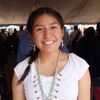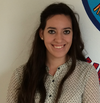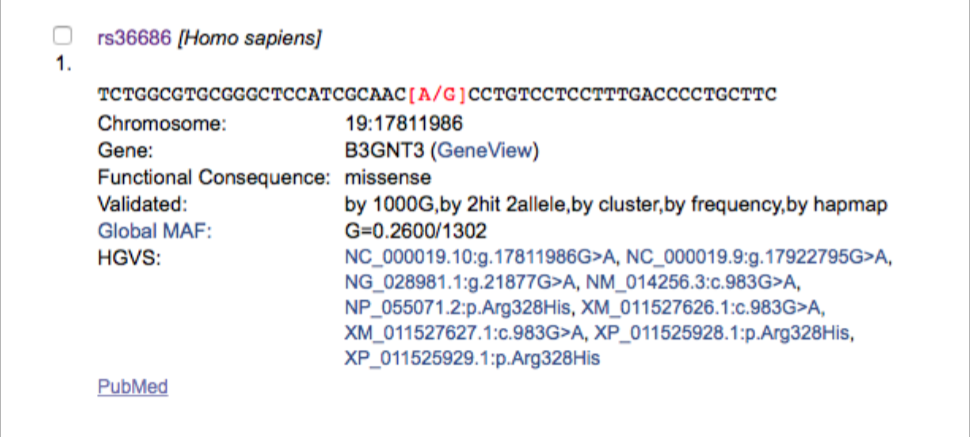BME100 s2016:Group4 W1030AM L4
| Home People Lab Write-Up 1 | Lab Write-Up 2 | Lab Write-Up 3 Lab Write-Up 4 | Lab Write-Up 5 | Lab Write-Up 6 Course Logistics For Instructors Photos Wiki Editing Help | ||||||||||||||||||||||||||||||||||
|
OUR TEAM
LAB 4 WRITE-UPProtocolMaterials
HEATED LID: 100°C INITIAL STEP: 95°C for 2 minutes NUMBER OF CYCLES: 25 Denature at 95°C for 30 seconds, Anneal at 57°C for 30 seconds, and Extend at 72°C for 30 seconds FINAL STEP: 72°C for 2 minutes FINAL HOLD: 4°C
Research and DevelopmentPCR - The Underlying Technology Base-pairing SNP Information & Primer DesignBackground: About the Disease SNP Nucleotides are organic molecules that serve as subunits in DNA and RNA. They are composed of a base (adenine, thymine, guanine, or cytosine), a sugar molecule, and phosphoric acid. Polymorphism is the ability to process objects differently or redefine methods. Primer Design and Testing Part 1: The SNP rs36686 is found in Homo sapiens and is located on chromosome 19. Its clinical significance is listed as "NA". This SNP is attributed to immune and inflamation genes and risk of non-Hodgkin lymphoma. It is associated with the B3GNT3 gene. Below is a screenshot taken from the National Center for Biotechnology (NCBI) webpage on rs36686 SNP.
Part 2: B3GNT3 stands for UDP-GlcNAc:betaGal beta-1,3-N-acetylglucosaminyltransferase 3. B3GNT3 is a gene that takes part in several processes: O-glycan, carbohydrate metabolic, and cellular protein metabolic. The non-disease allele is CGC. A change of the middle base will result in a disease-associated allele, CAC. An allele is a variant form of a gene. The numerical position of the SNP is 17811986. Part 3: Primer pairs were then prepared for PCR. The non-disease forward primer is 5'GTGCGGGCTCCATCGCAACG, and the non-disease reverse primer is 5'GGAGGAAGGTGTCGCCCCTT. A pair of disease SNP-specific primers were also designed. The disease forward primer is 5'GTGCGGGCTCCATCGCAACA. The disease forward primer is the same as the non-disease forward primer, except that the last SNP is A, instead of G (CGC). The different middle base, CAC, is the disease associated allele. The disease reverse primer is the same as the non-disease reverse primer: 5'GGAGGAAGGTGTCGCCCCTT. The non-disease reverse primers were validated using a non-disease human genome sequence. The result was a 220 bp sequence located on the same chromosome (19) as the one recorded on the rs36686 webpage. This means the non-disease primers will work for a PCR reaction. | ||||||||||||||||||||||||||||||||||






